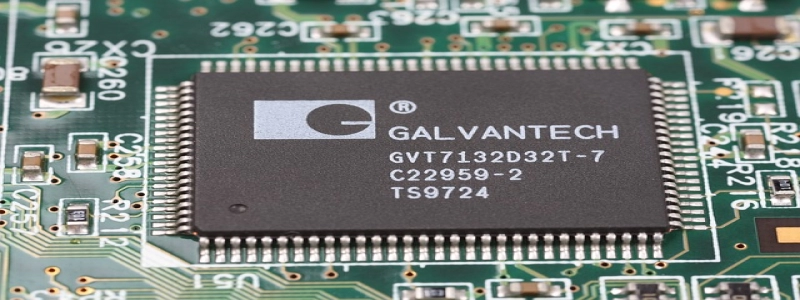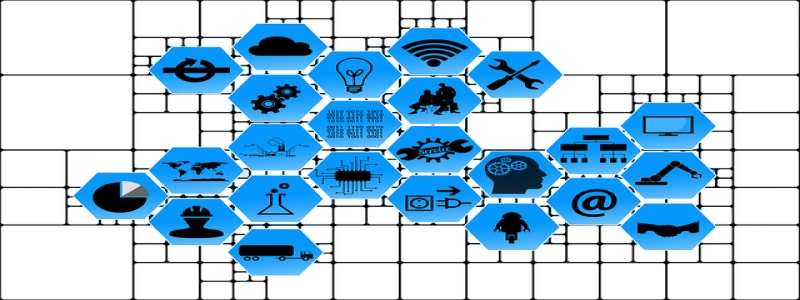Ethernet Cable Color Coding
Introduction:
Ethernet cables are widely used to connect devices in a local area network (LAN) or a wide area network (WAN). These cables are essential for transmitting data between computers, routers, switches, and other networking devices. To ensure proper connectivity and compatibility, Ethernet cables are color-coded based on standardized wiring schemes. In this article, we will discuss the color coding of Ethernet cables in detail.
Types of Ethernet Cables:
Before diving into the color coding, it is essential to understand the different types of Ethernet cables commonly used. The most commonly used Ethernet cables are Category 5 (Cat 5), Category 5e (Cat 5e), and Category 6 (Cat 6). Each type of cable has its own transmission speed capabilities and is designed for specific networking applications.
Color Coding for T568A Standard:
The T568A standard is one of the two most common wiring schemes used for Ethernet cables. Under this standard, the color coding for the individual wires is as follows:
– Pin 1: White/Green
– Pin 2: Green
– Pin 3: White/Orange
– Pin 4: Blue
– Pin 5: White/Blue
– Pin 6: Orange
– Pin 7: White/Brown
– Pin 8: Brown
It’s important to note that the wire pairs used for transmitting data are twisted together. The color coding is consistent for both ends of the cable, ensuring a proper connection.
Color Coding for T568B Standard:
The T568B standard is another commonly used wiring scheme for Ethernet cables. The color coding for the individual wires in this standard is as follows:
– Pin 1: White/Orange
– Pin 2: Orange
– Pin 3: White/Green
– Pin 4: Blue
– Pin 5: White/Blue
– Pin 6: Green
– Pin 7: White/Brown
– Pin 8: Brown
Just like the T568A standard, the wire pairs used for transmitting data are twisted together, and the color coding is consistent for both ends of the cable.
Crossover Cables and Color Coding:
In some cases, a crossover cable is needed to directly connect two similar devices, such as two computers or two switches. A crossover cable has a different color coding scheme for specific wire pairs. The color coding for the wire pairs used for transmitting data in a crossover cable is:
– Pin 1: White/Green
– Pin 2: Green
– Pin 3: White/Orange
– Pin 4: Blue
– Pin 5: White/Blue
– Pin 6: Orange
– Pin 7: White/Brown
– Pin 8: Brown
The color coding for the remaining wire pairs is reversed compared to the standard Ethernet cables. This reversal ensures that the transmit signals from one device are properly received by the receiving end.
Conclusion:
Ethernet cable color coding plays a crucial role in ensuring proper connectivity and compatibility between networking devices. By following the standardized wiring schemes like T568A or T568B, network administrators can easily distinguish and configure the Ethernet cables according to their specific requirements. Whether it’s a standard Ethernet cable or a crossover cable, the color coding helps maintain a consistent and reliable data transmission.








